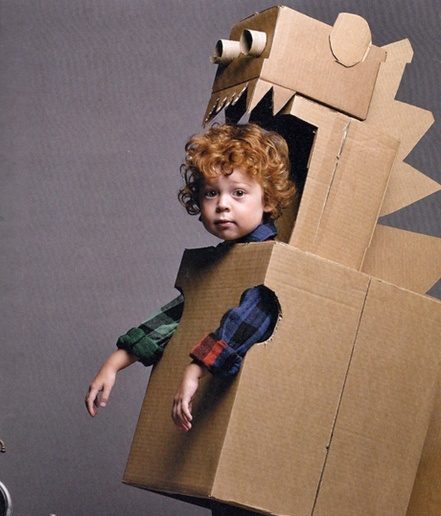Schools and teachers are doing everything they can to address community health concerns, but many students are still understandably finding the transition to hybrid and/or remote learning difficult. To avoid falling behind, here are our tips for catching up after the COVID slide!
In academics, the term “slide” is often used to describe a regression in a student’s academic gains. Typically we see this happen with time off school, particularly during summer vacation. In fact, we’ve discussed the “summer slide” quite a few times on our blog! However, many students are experiencing these same effects with the current pandemic. Between schools closing early last spring and many districts now adapting hybrid and remote learning models, students have gone for an extended period of time without receiving the same levels of direct academic engagement they normally would.
Unfortunately, this also translates to students not retaining the same learning gains they typically would if they were physically attending classes and schools hadn’t closed early last spring. According to recent research, students are returning to school this fall retaining approximately only 63-68% of their learning gains in reading and 37-50% in math (in comparison to a regular school year). This also creates a unique and challenging scenario for teachers, as students will have a wider range of academic ability coming into the school year. Teachers are doing everything they can to help students, but it can be difficult to encompass the needs of 30+ students through remote learning. This is especially true for younger children, who often learn best with a physical presence and hands-on activities.
So what can we do to help catch up after the COVID slide? Here are some tips:
1. Identify areas that need improvement. There are plenty of effective ways to determine which academic areas your child needs help with. If they have already started school, speak with their teacher and use current assignments/tests to find which areas need more work. Also, ask your student what they think about their own strengths – kids are often surprisingly open about academic areas they find frustrating or difficult! You can also call us for a free consultation, and one of our education experts can help narrow things down.
2. Work with a tutor. Personalized tutoring is the best way to recoup any learning loss, because an effective tutor should create a program designed for the individual student’s needs. Tutors can also use specialized placement exams to determine a student’s ability in each area, down to the grade level. With recent health concerns, remote tutoring is an extremely popular option. In fact, according to recent surveys, many students report that online tutoring is even more effective for them than traditional methods. The ability to revisit recorded sessions and easily take notes is a huge benefit for many kids, especially older students. To learn more about online tutoring options with Tutor Doctor, click here!
3. Consider pod learning. If you have the time and resources to organize it, pod learning is an incredibly effective way to manage your child’s education on a more refined level. Pods are essentially small group classes, typically made up of families or neighbors who are already close with one another. Parents can hand-select their child’s classmates and develop a learning plan that works for them. Pod tutoring can be used as an addendum to regular school or as a replacement. Our experts can even help organize a pod tutoring group to fit your goals! To learn more about pod tutoring options from Tutor Doctor, click here.


